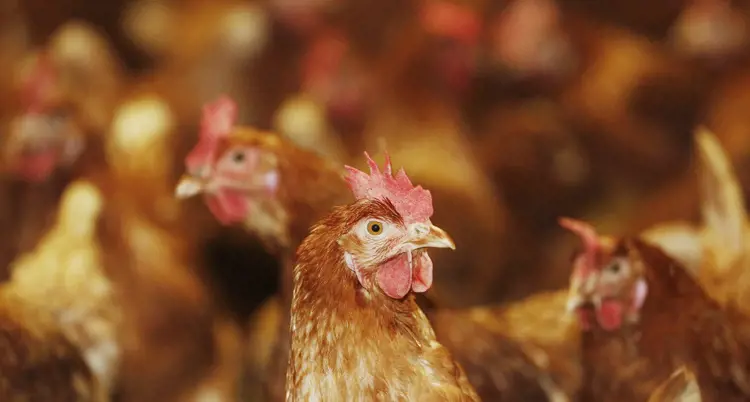
*The weights were given up to 18 weeks
Similar improvements in the Lohmann and Amberlink breeds have also been achieved.
Layer Stock
In layer parent stock, there has not only been a genetic improvement but also longer laying cycles with the result that there has been an improvement of between15 to 20 day old chicks per breeder hen.
The figures in the table show the result of the genetic improvement in commercial layers for up to 60 weeks, but the laying cycle has also been extended to at least 75 weeks, resulting in up to an additional 70 eggs. The breeding companies expect that this trend of genetic improvement and longer laying cycles will continue and they are predicting that by 2020 we can expect about 120 day old chicks per layer breeding hen and about 500 eggs in a 100 week production cycle from commercial laying hens. This will be achieved without having to moult the birds. These are significant changes to the birds that we knew 20 years ago!
80-85 weeks
Many producers across South Africa are already keeping their hens up to 80 – 85 weeks of age. By keeping the laying hens for longer one would expect the cost contribution of the pullet to be reduced, but the reduction has not been as great as would be expected. The improvements have also meant that there have been changes to the nutritional requirements of the birds and correctly formulated diets are now more expensive than they used to be.
Nutrional needs have changed!
The changes in nutrient specification indicate that the birds now need to be fed differently to the way they were 20 years ago. A number of feed companies are still offering feeds that are based on the old specifications, which makes it difficult for pullet rearing operations to achieve the correct frame scores, body weights and uniformity in their flocks. There is much more emphasis on achieving the correct pullet frame scores by 5 weeks of age and on keeping the birds on the prescribed body weight curves.
Where this is not being achieved the full benefit of the genetic improvements are not being realised in lay. Correctly formulated and well-balanced diets are essential to achieve these targets.
Good management
Once the birds start laying, the first target is for the flock to reach 50% in lay as soon as possible and then to reach a peak of at least 96% production. How the pullet has been reared plays a significant role in the flocks’ ability to achieve this. Once these targets have been achieved, maintaining laying persistency becomes the next target. This is achieved by good management, a healthy environment and the correct nutrition. The demands on these hens are now significantly higher than they were 10 or 20 years ago and feeding poorly formulated diets has an effect on the hens’ ability to maintain their target body weight. As a result laying persistency drops with a significant drop in the number of eggs per hen housed.
New feeding programmes
There are differences between the prescribed nutrient recommendations and the feeding programmes that are given by the commercial layer breeding companies and De Heus has taken note of this. We have developed ranges of diets and feeding programmes that are based on these recommendations and are specific to the different breeds to assist producers to achieve the full genetic potential of their birds.

